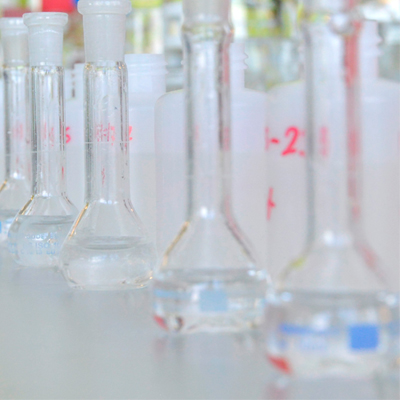Cranfield's flow cytometry facility enables the testing of microbiological water quality.
Microbiological water quality is one of the greatest challenges for water providers, with outbreaks of waterborne disease being hugely expensive. Efficient water treatment processes and distribution system maintenance are key to reach the goal of zero failures. Whereas microbiological water quality assessment is traditionally based on plating water samples on suitable growth medium and enumeration of resulting bacterial colonies (involving substantial manual handling and results being only available after two to five days), flow cytometry is uniquely suited for this application due to its speed and potential to be automated.
A number of protocols have been implemented that are ideally suited for enumeration of total and live cells. The cultivation-independent analysis is based on addition of fluorescent dye(s) to 0.5ml of sample, incubation for 15 minutes and flow cytometric analysis. Fluorescent labels are excited by a laser when cells pass lined up on a ‘shoe string’ through a thin capillary. The number and intensity of signals is recorded. The total time demand is approximately 20 minutes per sample.
Key facts
- The facility operates an Accuri C6 flow cytometer equipped with a blue 488nm solid state laser.
- Data output: total cell numbers and intact (live) cell numbers per ml.
Summary of applications
Rapid assessment of microbial cell numbers is ideally suited for:
- Identifying areas of regrowth of bacteria in a water distribution network;
- Monitoring efficiency of disinfection treatment;
- Assessing impact of pipe repair on microbial water quality;
- Microbial mapping of the distribution network;
- Studying the dispersion of treated effluent.
Using the facility
The facility's technology has been used previously by water utilities for:
- Monitoring efficiency of water treatment disinfection procedures;
- Assessment of microbial water quality in boreholes;
- Assessment of numbers of microorganisms in tap water and establishment of a tap water profile of a building;
- Assessment of impact of severe weather on microbiological water quality;
- Microbiological mapping of distribution systems.


